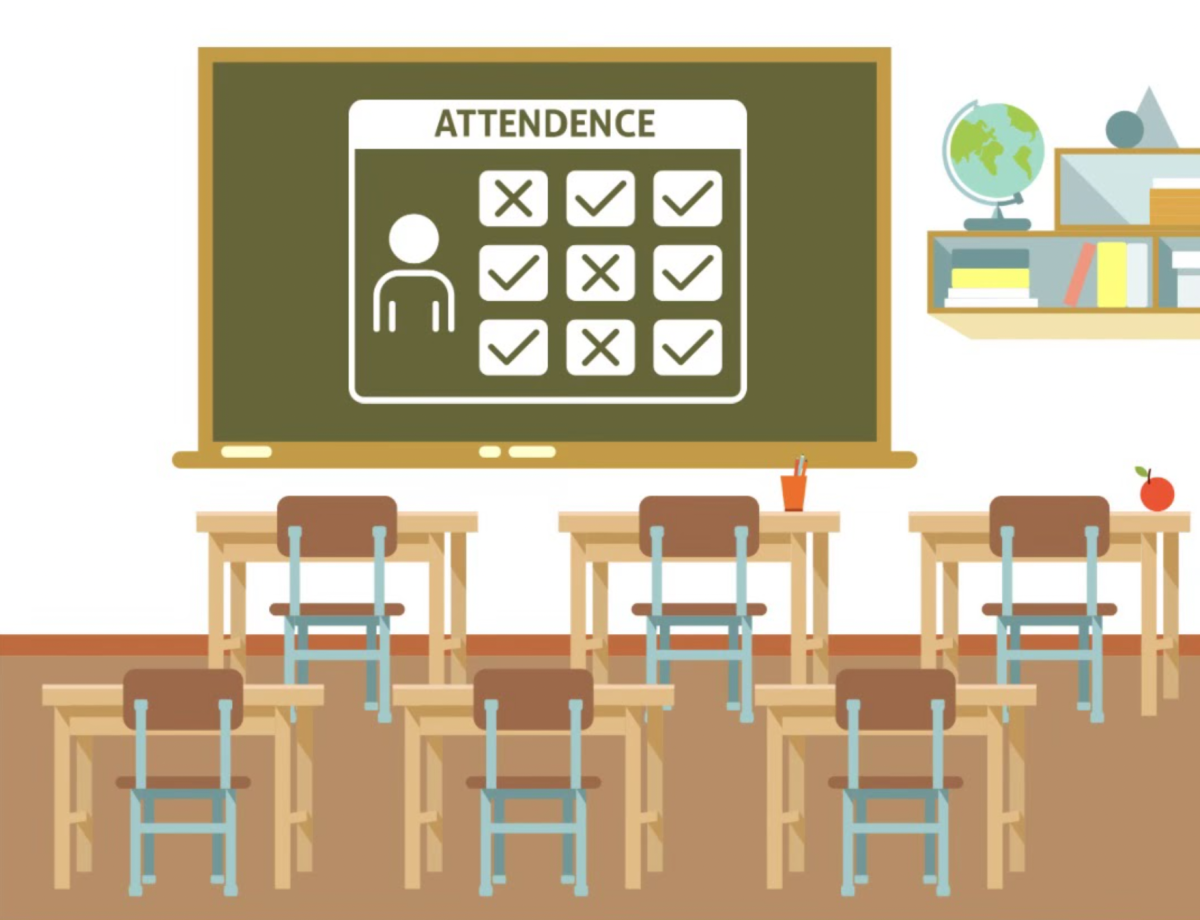Schools in every region of the United States are experiencing a significant decline in attendance along with a wide-scale emergence of the attendance pattern of chronic absenteeism among students.
Chronic absenteeism is used to refer to any time a student misses 15 or more full class days during a given school year, and it is a nightmare for both the educator and the quality of education the student is receiving.
According to statistics published by the Education Advisory Board, chronic absenteeism has risen substantially in students since the COVID-19 pandemic. In 2019, the national rate for chronic absenteeism was 16%, and in just three short years, it more than doubled to 33% in 2022.
The empty desks created by absent students not only greatly inhibit their ability to learn and grow intellectually in school; they also weaken the school culture as a whole. Half-empty classrooms are not going to be conducive to thought-provoking conversations or an immersive and collaborative classroom climate, and learning, in general, suffers because of it.
Chronic absenteeism in students is associated with a broad variety of poor outcomes for these students.
“Due to chronic absenteeism, 6.5 million students are at risk of falling behind academically,” said Buena Speaks in “The Causes and Effects of Chronic Absenteeism. “Missing days in the beginning years of school are associated with difficulties later in life.”
These difficulties include the lower likelihood chronically absent students have of graduating on time and the higher rate at which they fail courses. They also often experience negative life outcomes, such as an increased likelihood of experiencing poverty and poorer mental, as well as physical health at a higher frequency than their counterparts that maintain regular attendance at school.
“I think that absences, in any capacity, are negative,” said Christy Garlock, senior psychology major and Psi Chi president. “School absences, in particular, can lead to a decline in grades, a loss of the quality of connection and relationships one has with the professors and students around them and an absence of motivation for achievement.”
Chronic absence and low school attendance is a pervasive and crippling threat to educational institutions trying to facilitate learning, achievement and the development of critical thinking abilities. This is attributable to the fact that chronic absenteeism is a positive feedback loop that moves one further away from regular attendance and proficient performance in school. The more school one misses, the more difficult they will perceive school to be, which will cause a drop in motivation that leaves them even less likely to resume regular attendance.
Diana Young, associate professor of psychology, has experience studying the realm of cognitive psychology.
“As a professor who wants to see everyone in my class succeed, it is really rough when a student fails to show up to class and becomes unresponsive to emails,” Young said. “When it becomes difficult to connect with a student, it makes it much more difficult to facilitate the student’s success and see them turn the corner in a positive direction towards achieving the grade they want.”
It is nearly impossible to help students if they do not show up to class in the first place. As a result of the alarming decline in attendance, concerted efforts are being made by schools to increase student attendance rates.
One such effort here at GC is the implementation of the Quality Enhancement Program, or QEP. By addressing a wide variety of potential threats to education, this program looks to improve GC students’ educational experience. This includes ushering students towards more regular attendance to increase their engagement in pursuit of their education. Additionally, the program also reimagines the traditional school-to-student relationship in a way that is more holistic, flexible and mutually beneficial for both parties.
The primary focus of the recently enacted QEP is the pursuit of maximizing the mental and physical health and well-being of GC students to enhance their educational experience and build a stable foundation for learning to occur.
“The current QEP here at GC will be in place for seven years and is all about students’ mental health,” Young said. “This QEP looks to progressively improve overall student mental health and well-being, as these factors directly impact a student’s ability to thrive in their classes by showing up and engaging,”
The effects of the QEP on attendance rates and the student experience at GC remain to be seen, as the program is still being actively incorporated into the curriculum.
The hopes are that its implementation will immunize the university from the wide variety of negative impacts poor student attendance brings to both the students themselves and the entirety of the educational institution.


